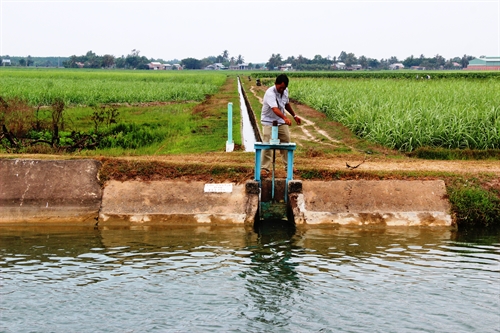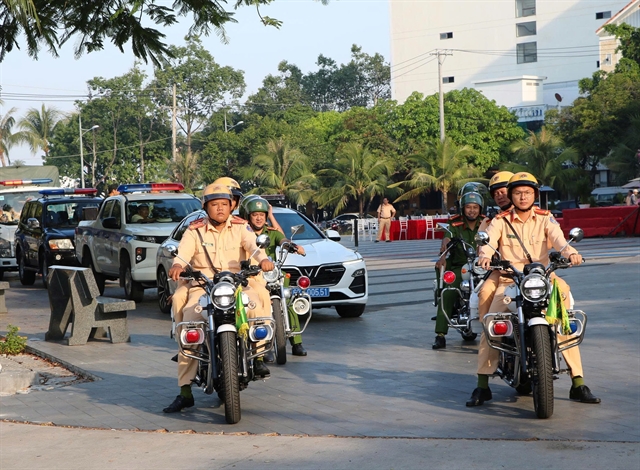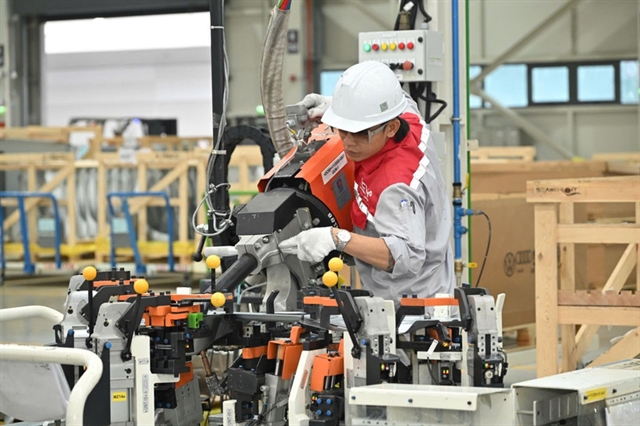 Society
Society

Agricultural irrigation system in Việt Nam needs to switch its operation from administrative subsidy mechanism into market mechanism in order to meet the goals of responding to climate change and restructuring.
 |
| A worker checks an agricultural irrigation station in the southern province of Tây Ninh’s Châu Thành District. — VNA/VNS Photo Lê Đức Hoảnh |
HÀ NỘI — Agricultural irrigation systems in Việt Nam need to switch their operations from administrative subsidy mechanisms to market mechanisms in order to meet the goals of responding to climate change and the restructuring of the agricultural sector.
Deputy Minister of Agriculture and Rural Development Hoàng Văn Thắng made the statement at a conference in Hà Nội yesterday to discuss the challenges arising from climate change and the requirements of agricultural restructuring.
Thắng said that the core of switching the operation of irrigation systems to a market mechanism was to mobilise the participation of citizens and businesses and turn water into an essential good that is associated with social security and food security
“The irrigation system across the country has not been invested in properly,” Thắng said, adding that many projects had been seriously degraded.
“To meet development requirements in the current context, the sector needs to improve its management and accelerate the application of scientific advances in construction,” he said
Thắng urged the sector to meet the requirements for adaptation and mitigation of climate change while implementing synchronised solutions for institution building, human resources and infrastructure to promote the participation of the private sector and the application of science and technology in forecasting and analysing activities.
“The goal is to mobilise resources, and the involvement of the economic and social sectors to create preconditions for sustainable development,” the agriculture official said.
“This mechanism will help the poor and areas affected by natural disasters will have the opportunity to access water resources and disaster response,” he added, noting that many irrigation works in reality were only designed to cater to small and individual agricultural production, which failed to meet the requirements of serving a diversified and modernised agricultural sector.
Deputy Director of the Water Resources Directorate, Nguyễn Văn Tỉnh, said that there was a need to improve the operational efficiency of irrigation systems as well as to promote the participation of the private sector to mobilise different resources into irrigation services.
"The implementation of the price mechanism will change many people’s perception of irrigation, help users understand the nature of the goods and raise the practice of water saving,” he said.
Việt Nam now has thousands of irrigation works with more than 6,600 reservoirs, 10,000 electric pumping stations, 5,500 large irrigation drains, 234,000km of canals and nearly 26km of dikes. The irrigation system serves 7.5 million hectares of rice, 1.7 million hectares of crops, and supplies 1.6 billion cu.m of water for daily life and industry. — VNS




